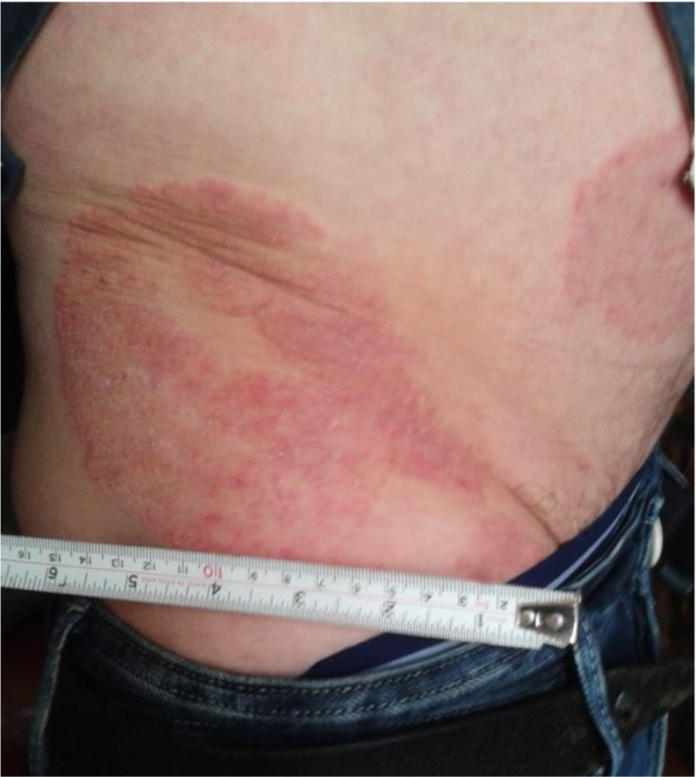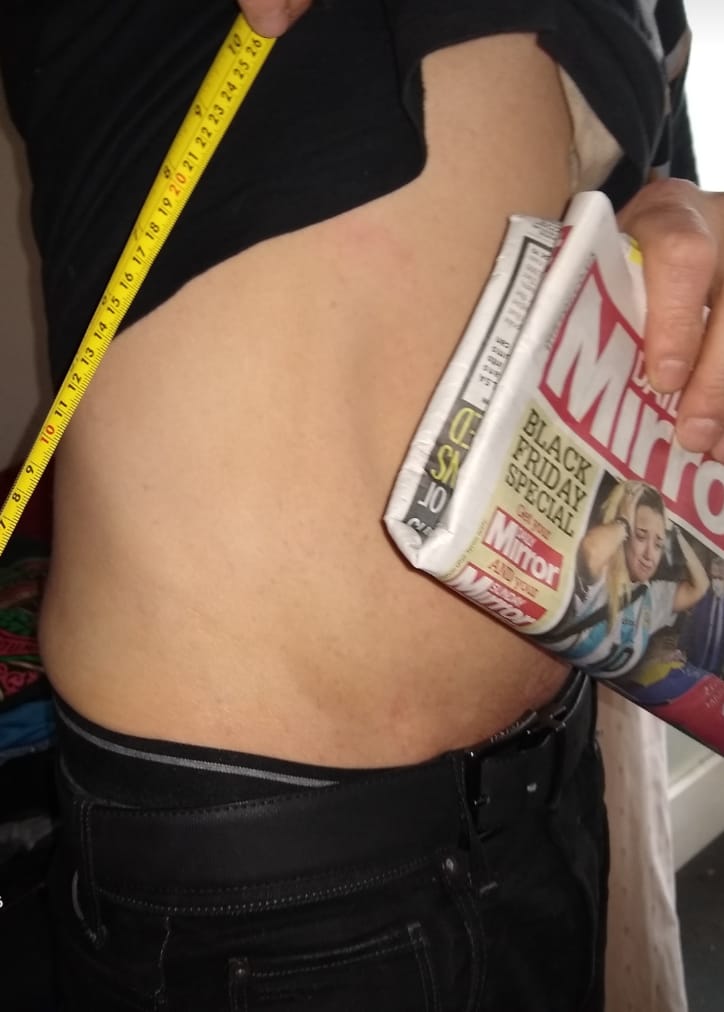
Researchers have successfully treated stress-induced psoriasis in a patient, using integral eye movement therapy.
What if you could wiggle your eyes and change how you feel? Get rid of those constant racing thoughts in your head, and maybe even a nasty rash? Looks like you can with the help of Integral Eye Movement Therapy (IEMT). Discovered by the psychotherapist Andrew T. Austin in 2006, the approach has shown success in treating anxiety, depression and now stress-induced Psoriasis.
A case study published in the Journal of Experiential Psychotherapy recounts a patient’s experience with Integral Eye Movement Therapy in treating his Psoriasis. Therapist John Martin Moore, with the assistance of study author Alexandru Ioan Manea, successfully used IEMT to alleviate the chronic stress state of a patient and ultimately treat his Psoriasis skin lesions.
Plaque Psoriasis is an autoimmune skin disorder consisting of dry, red patches covered by silvery scales. Although the skin condition is not contagious, the appearance of the skin often leads to patients experiencing discrimination and marginalization from other members of society. Thus, leading to anxiety, depression and other mental health problems in patients.
The ‘Secret’ Therapy
Unlike other ‘talking’ therapeutic approaches, Integral Eye Movement Therapy does not require patients to speak about or disclose their traumatic experiences. Instead, it simply requires the patient to recall a familiar image associated with a traumatic memory, which they often find easy to do. Then the therapist uses a pen or a finger to guide the patient’s eyes through different axis and angles.
As the patient performs these simple eye movements, the therapist directs specific questions towards the client. This diverts the patient’s attention to the information asked by the therapist. Moreover, if their memory fades, the patient is instructed to recall the experience. This process continues until the patient is unable to retain or recall the specific image of the event. Eventually, changing the conditioned reaction inside the problem state.
The aim of the IEMT model is primarily to address undesired emotional and identity imprints, enabling a “freeing up” of conscious resources and placing the person more in the present time both psychologically and emotionally.
ANDREW T AUSTIN
Integral eye movement therapy is fast and it’s permanent. It does not require changes in prescription drugs. Simply because this has no bearing on the process involved.

Psoriasis Disappears with Integral Eye Movement Therapy
The case study focuses on a 49-year-old who experienced an epileptic seizure in 2009 while driving his car. Doctors prescribed him an anti-epileptic, called Epilim. But when it showed no improvement, he was switched to a low dose of Levetiracetam-Lupin. The change in medication helped keep him stay seizure-free for the next 3 and a half years. However, after 2013 the epileptic seizures returned. He started to regularly use alcohol and marijuana to help him sleep. In 2015, he developed Psoriasis and by the end of the year, most of his body’s right side was covered in red blotches.
The patient’s first IEMT session took place in March of 2016. He was asked to reduce his intake of alcohol and marijuana to help him concentrate during the sessions. The session, which involved taking a case history, lasted 2 hours and 15 minutes from start to finish. Towards the end of the session he was asked to recall the first time he could remember feeling vulnerable or helpless, then the IEMT practitioner John Martin Moore directed his eye movements and completed the process. After only two weeks of the IEMT session, the patient’s psoriasis skin lesion began to fade. Moreover, they had completely disappeared after two months, and at the two-and-a-half years follow up not a single flare-up had recurred.
Additionally, as evident in the pictures, his gut bloating also significantly reduced. And his epileptic seizures have not reoccurred; 5 years since the IEMT session.

Conclusion
So, the question arises: how did IEMT solve so many of the patient’s problems?
Researchers hypothesize that IEMT-related eye movements are connected to parts of the brain responsible for our memories and emotions. Thus, causing the traumatic event to lose its negative impact.
Another hypothesis suggests that IEMT treatment decreases the long-term effects of chronic stress on the body, also called allostatic load. Anxiety levels drop because the patient has gained control over inflammation caused by the stress of unconscious triggering. Moreover, IEMT reduces the need to reach for comfort foods, alcohol or other cravings that bring short term relief.
However, it is important to note that the study only describes a single case. Researchers did not account for factors, such as the reduced intake of alcohol and marijuana. These factors can potentially influence a patient’s progress.
Nevertheless, it is very promising for the future of IEMT. This case study is part of a larger research project that is investigating IEMT as a possible alternative treatment for Psoriasis and other autoimmune diseases. As researchers continue to further investigate the therapeutic approach it is likely that IEMT will be adapted for treating other stress-related disorders that occur because of child adversity and PTSD.
Reference:
Moore, John & Manea, Alexandru. The Use of Integral Eye Movement Therapy (IEMT) in the Treatment of Psoriasis Induced Skin Eruption – a Case Study. Journal of Experiential Psychotherapy, vol. 21, no 3 (83) September 2018. https://jep.ro/images/pdf/cuprins_reviste/83_art_7.pdf



